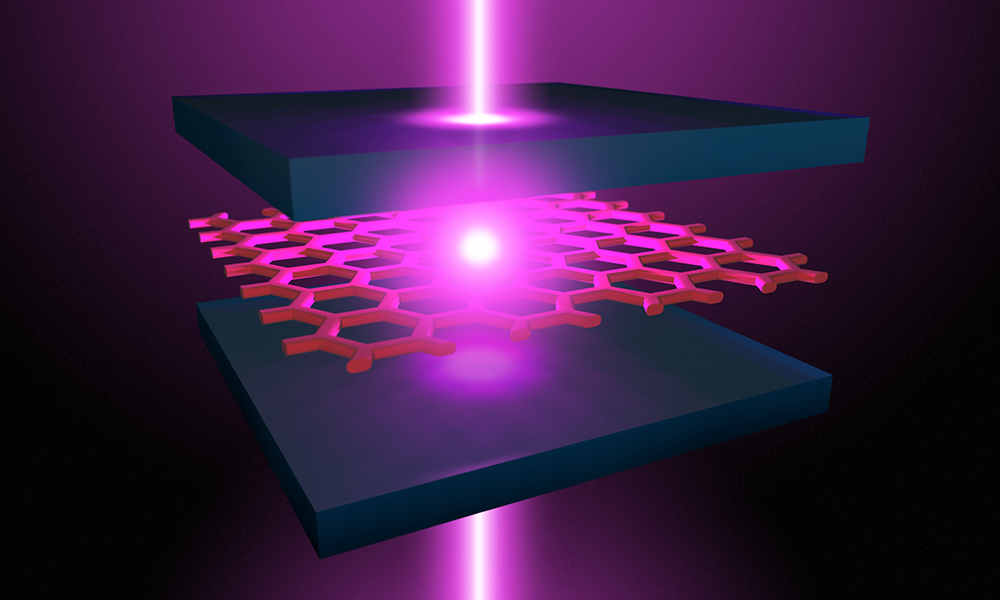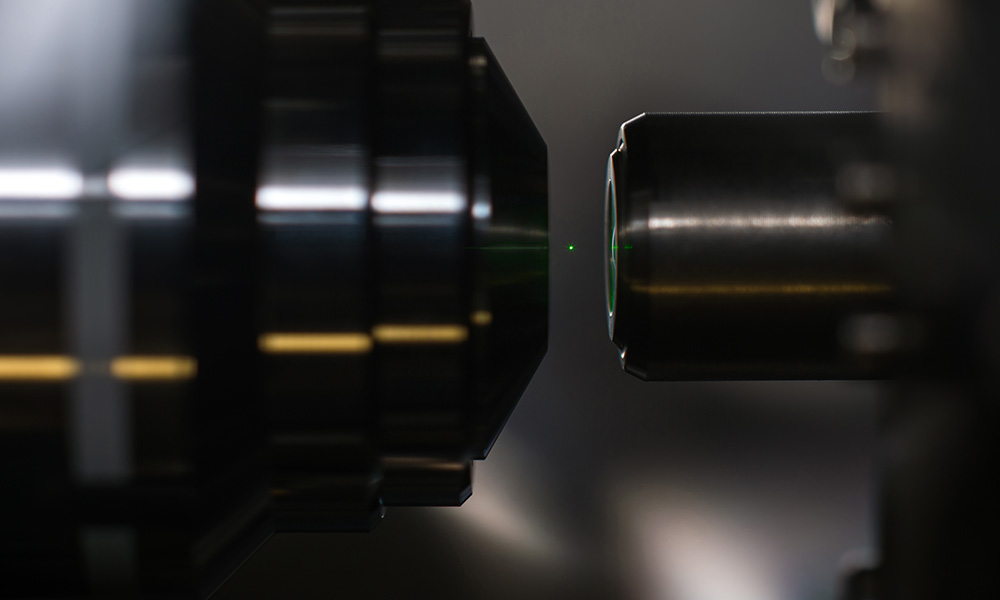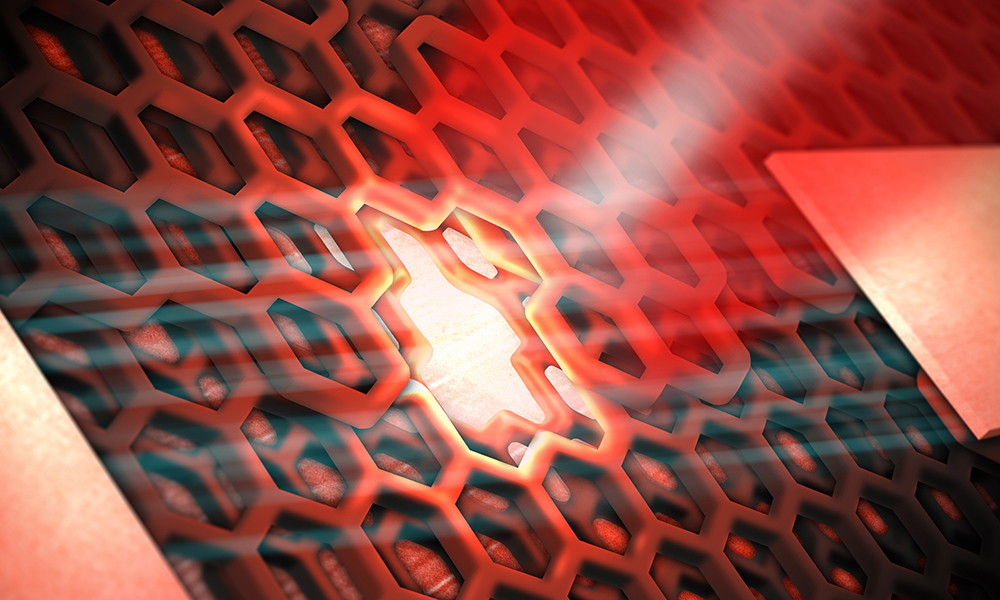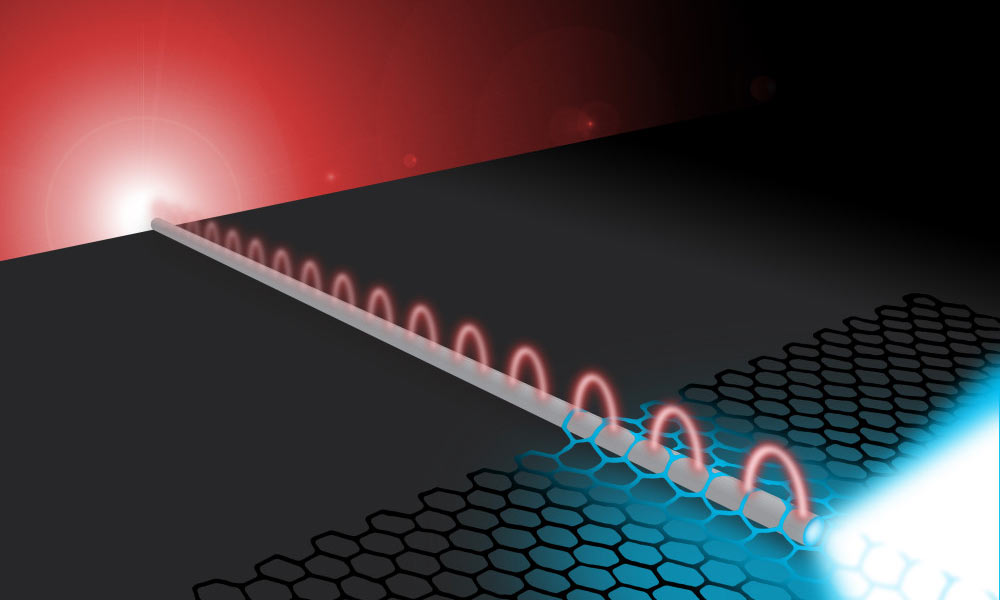
Creating negative mass particles—and a novel way to generate lasers
Rochester researchers have created particles with negative mass in an atomically thin semiconductor, using a device that creates an optical microcavity.

NSF CAREER winners blend research and education
Four Rochester researchers are among the latest recipients of the National Science Foundation’s most prestigious award for junior faculty members.

Researchers use laser to levitate glowing nanodiamonds in vacuum
Nick Vamivakas, assistant professor of optics, thinks his team’s work will make extremely sensitive instruments for sensing tiny forces and torques possible, and could also lead to a way to physically create larger-scale quantum systems known as macroscopic Schrödinger Cat states.

Defects in atomically thin semiconductor emit single photons
Until now, optically active quantum dots have not been observed in materials consisting of a single layer of atom, also known as 2D materials. Rochester researchers have shown how the 2D material tungsten diselenide can be fashioned into an atomically thin semiconductor that serves as a platform for solid-state quantum dots.

Researchers send electricity, light along same super-thin wire
A new combination of materials can efficiently guide electricity and light along the same tiny wire, a finding that could be a step towards building computer chips capable of transporting digital information at the speed of light.
